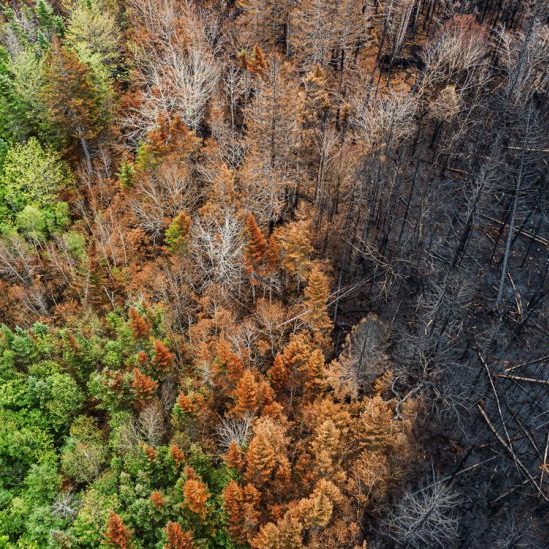Climate change — with its potentially wild temperature swings and precipitation — can create serious risks of flooding during virtually any season, in virtually any part of Canada. There are, of course, many variables. The amounts of snow accumulation and frost in the ground, the rate at which temperatures rise, the possibility of extreme rain activity on top of snow, coastal vulnerabilities, the capacities of our sewer and stormwater infrastructures — these and other factors ultimately determine what we experience.
When it comes to water, it’s best to prepare for a worst-case scenario. Damage caused by floodwater can be both devastating and tragic. In fact, getting a property and community back to normal can take much longer and cost much more than people imagine.
To manage the risks and minimize the losses, organizations must be “flood-smart”. That means developing comprehensive and clearly defined Disaster Recovery, Business Continuity, and Crisis Communications Plans.



